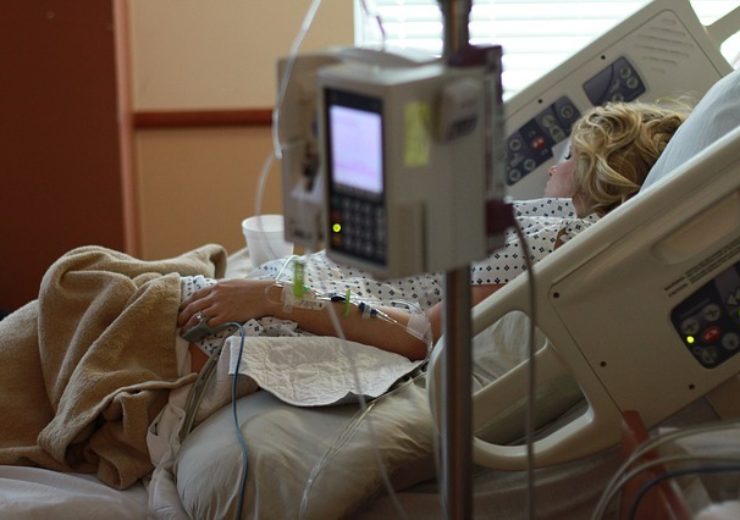Cheetah Medical delivered a presentation at the American College of Chest Physicians’ Annual Meeting in New Orleans, showing that hospitals with the highest use of Cheetah Medical’s Starling SV exhibited the greatest levels of compliance with The Center for Medicare and Medicaid Services sepsis (SEP-1) measures

Image: Cheetah Medical showcases results of Starling SV at CHEST Annual Meeting 2019. Photo: Courtesy of Parentingupstream/Pixabay
Cheetah Medical, a medical device leader in non-invasive fluid management technology, today delivered a presentation at the American College of Chest Physicians’ Annual Meeting in New Orleans, Louisiana, showing that hospitals with the highest use of Cheetah Medical’s Starling SV exhibited the greatest levels of compliance with The Center for Medicare and Medicaid Services sepsis (SEP-1) measures.
Jennifer Sahatjian, Psy.D., director of clinical affairs at Cheetah Medical, presented a poster titled, “Incorporating routine passive leg raise (PLR) assessments improves SEP-1 performance and patient care.” Across 120 hospitals routinely using the Startling SV before 2017, the ratio of Starling use per sepsis case demonstrated a positive correlation with SEP-1 compliance. Further, using length of stay as a measure of patient outcomes, hospitals that routinely used the Starling SV in the treatment of sepsis exhibited a decreased average length of stay (4.72 days, 2.1-4.8 days) compared to the national length of stay (6.89 days, 1.7-23.9 days).
Dr. Doug Hansell, Cheetah Medical’s chief physician, commented, “Managing severe sepsis and septic shock requires rapid decision-making by healthcare providers and initial fluid management decisions may significantly impact the patient’s clinical course. We believe that noninvasively assessing stroke volume change in response to a PLR provides a safe and accurate way to predict individual patients’ fluid responsiveness, and we’re encouraged to find that PLR accompanied by assessment with the Starling SV demonstrates reproducible and meaningful benefit.”
Treating sepsis and achieving SEP-1 compliance involve predicting whether a patient will respond positively to intravenous fluids. Cheetah Medical’s Starling SV dynamically measures the fluid status of a patient, so that providers can appropriately personalize fluid doses. Performing a passive leg raise (PLR), or raising a patient’s legs when he or she is lying flat, is an established method to predict fluid responsiveness. After performing a PLR, a patient is deemed fluid responsive if there is an increase in cardiac output, the amount of blood the heart pumps through the body in one minute. The Starling SV is the only fluid management technology that non-invasively, quickly and accurately measures cardiac output and other key parameters related to fluid responsiveness upon completion of a PLR.
Image: Cheetah Medical showcases results of Starling SV at CHEST Annual Meeting 2019. Photo: Courtesy of Parentingupstream/Pixabay
Source: Company Press Release
